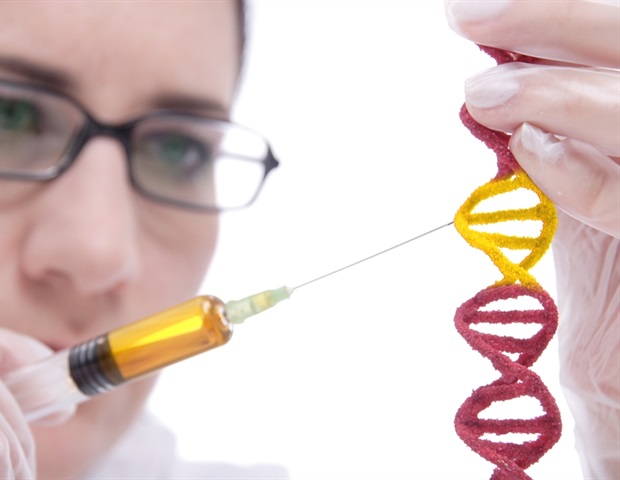현재 위치:홈 > 뉴스현황 > Press Events > Researchers Reveal K...
저자: 업로드:2017-09-05 조회수:
A fertilized human egg develops into multiple tissues, organs and about 200 distinct cell types. Each cell type has the same genes, but they are expressed differently during development and in mature cells.
Understanding the mechanisms that turn sets of genes on or off is a fundamental quest in biology, and one that has clinical importance in diseases like cancer, where gene control goes awry.
Researchers at the University of Alabama (UAB) at Birmingham report the discovery of an important role for the RSF1, or remodeling and spacing factor 1, protein in silencing genes. They also demonstrated that disrupting RSF1 expression in the embryos of African clawed frogs caused severe developmental defects in the tadpoles. This took place via a dysregulation of mesodermal cell fate specification.
The team published its paper ("Role of Remodeling and Spacing Factor 1 in Histone H2A Ubiquitination-Mediated Gene Silencing") in Proceedings of the National Academy of Sciences. Understanding how genes get turned on or off is critical for developing better therapies for diseases like cancer.

“Histone H2AK119 ubiquitination (H2Aub), as mediated by Polycomb repressive complex 1 (PRC1), is a prevalent modification which has been linked to gene silencing. We report that remodeling and spacing factor 1 (RSF1), a subunit of the RSF complex, is a H2Aub-binding protein. It reads H2Aub through a previously uncharacterized ubiquitinated H2A binding (UAB) domain,” write the investigators. “We show that RSF1 is required both for H2Aub-target gene silencing and for maintaining stable nucleosome patterns at promoter regions.”
According to Hengbin Wang, Ph.D., and colleagues, RSF1 acts on chromatin, which is not static but changes in its structure to control different physiological processes. One contributor to chromatin fluidity involves modifications of the histone proteins made by adding or removing chemical groups to the histone tails, says Dr. Wang, who notes that histones can be modified by acetylation, phosphorylation, methylation, ubiquitination, or adenosine diphosphate (ADP) ribosylation.
In the current study, Dr. Wang, an associate professor of biochemistry and molecular genetics in the UAB School of Medicine, looked at the addition of ubiquitin to the histone subunit H2A. This modification is linked to gene silencing, while removing ubiquitin from H2A leads to gene activation. Dr. Wang and colleagues discovered that RSF1 mediates the gene-silencing function of ubiquitinated H2A.